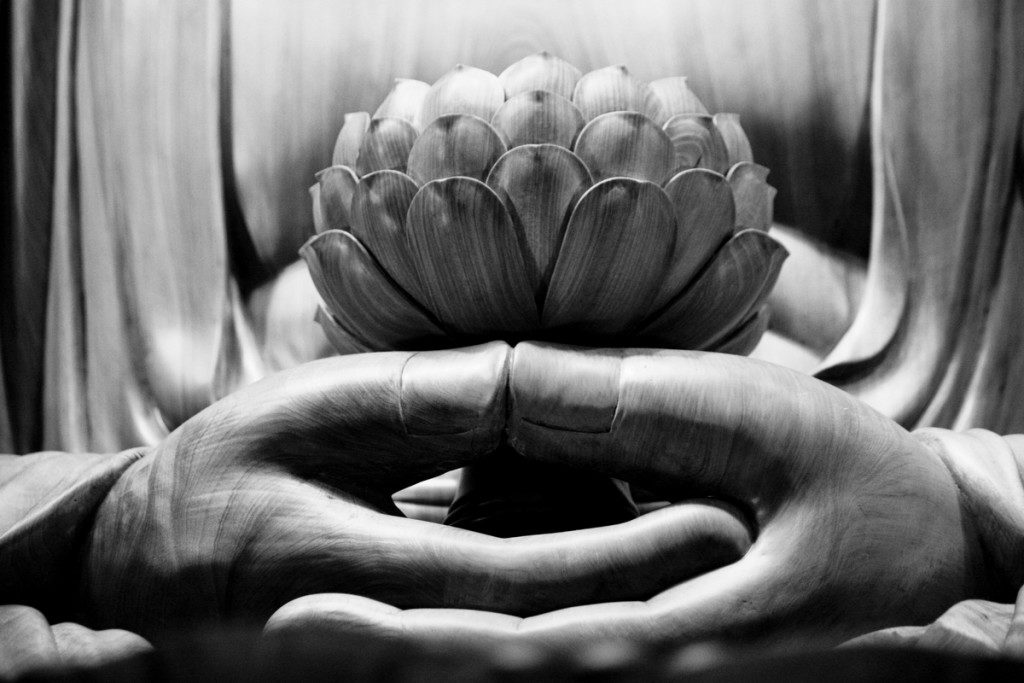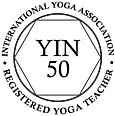
When I decided I was going to teach group classes, I knew Yin Yoga was a must. I only had one experience with Yin Yoga before finishing my teacher training, and it only took that one experience to show how much I needed Yin Yoga in my practice. As such, I knew that I needed to spread this wondrous style of practice with my own students.
Oddly enough, it was my Yin Yoga class on Sundays that brought in my first students. They were my friends, but neither of them knew what Yin Yoga was. As I passed out the bolsters, blocks, and blankets, I told them that Yin Yoga focuses upon increasing flexibility, mindfulness, and meditation by holding a few poses for 3-5 minutes. It was easy to instantly see from their expressions that this was not what they expected.
But we carried on.
At about halfway through that first class, I could tell that my girl friend was not amused. Her husband, however, was loving every second. It was hilarious to watch.
Yin Yoga obviously isn’t for everyone, but it is a style of practice more people need than they think. I’m fairly certain that the reason why my friend didn’t like it is because she was expecting more of a flow. Her husband loved it because he had run several miles the day before, and it stretched out his hips. I recommend Yin to all my running friends as well as anyone who wants to deepen their flexibility. I personally am not that flexible, and I never have been. Yoga has done so much for me in improving my flexibility, but Yin has boosted everything I get from my regular vinyasa flows.
On a physical level, holding these deep stretch poses for 3-5 minutes taps into the inner muscles and fascia, stretching them. After about one minute of holding a pose, you can literally feel your body relax further into it as the fascia give way to join in the stretch. After teaching Yin for two weeks now, I can already detect an increase in my hamstring and hip flexibility.
But Yin is more than a simple deep stretch practice for 60 minutes. When you hold these intense stretches for this length of time, it’s not comfortable. Sometimes you shake. The thoughts of “I can’t do this” readily creep in. The only way to get through the discomfort (note I didn’t say pain!) is to breathe. Focus on your breath. Notice how your body takes in each breath and expels it. Notice what is tense. Check your jaw. Your eyebrows. Your neck.
Are you breathing? Breathing makes it so much easier, as ridiculous as that may sound to those who feel like they’re dying on the mat. Instead of focusing on the discomfort, focus on the length of your inhale and exhale. Lengthen the exhale, and as you do, you will feel your body relax even further into the stretch.
Do you know what you’re really doing all this time in this one pose? You’re becoming in tune with your body. You’re not thinking of your to-do list or what the kids did this morning at breakfast or that awful thing your boss said to you that day. You’re devoting your attention to you, your breath, and your body. Nothing else matters during this practice.
Without even realizing it, you’re having a spiritual experience and meditating. You may feel like you’re dying during every pose, and yet when the practice concludes after savasana, you can’t help but notice how clear your mind is and how free your body feels. It’s beautiful to experience, and even more beautiful to witness in my students.
That’s why I teach Yin Yoga.





